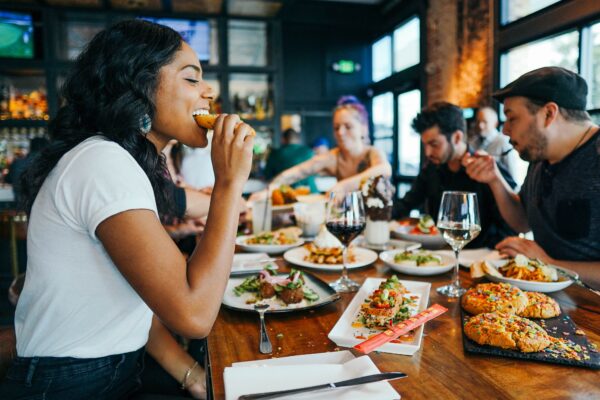
What does revenue optimisation in restaurants really mean and how will it evolve?
I remember when I started my career with Hilton in the ’80s, the idea that same rooms in a hotel will be priced differently based on anticipated demand was not a theory that was held or practised. We had different pricing for different segments; business, tours, leisure, conferences etc, and then we had some “deals”, “specials” or “packages”, but we certainly did not have the dynamic pricing or the advanced and interfaced platforms, capability and technology we have today.
The airline industry on the other hand had progressed down the “yielding” journey before hotels. Their journey commenced in the ’70s and became a very important component of their revenue strategy, which evolved to become more automated in the ’80s and beyond. The thought of sitting next to someone who purchased their ticket, earlier than you, with more conditions and restrictions (we now call this “price fencing”) and potentially paid significantly less than you is something travellers simply accept.
So, what is preventing the restaurant industry from taking this journey? Why has it not really started yet? Or has it?
Well, it has, in the “deals”, “specials” and in its simplest form “happy hour” are all that I would consider discounting to stimulate demand in traditionally slow demand periods. Both standalone and chain restaurants attempt to stimulate demand and drive revenue by offering “two for one” on a slower day with less demand, but it is generally for a fixed day, and some do “complimentary desserts” earlier in the week or even a limited menu selection with two or three courses at a fixed price. In recent times platforms such as firsttable.com somewhat sophisticated this offering with the intent to discount seats when they would normally remain empty. This played to the perishable nature of restaurant seat inventory – not sold today, gone tomorrow. However, all of this is clawing back pricing to attract more customers, not dynamic shifting with demand.
As we move from “yield management” to “revenue management” onto “revenue strategy” and ultimately “profit strategy” we need to also shift our mindset in that pricing should also shift the other way. Let’s put the current pandemic and government regulations in different locations, as well as the staff shortages that are being experienced in different locations, to one side for the moment. We know that Burnt Ends, a very successful restaurant in Singapore, is going to normally be fully booked on a Friday and Saturday evening, and we know that there will be more unconstrained demand than there would be on say a Tuesday evening. With this in mind, why does the restaurant not increase the prices of menu items to a point to “match” or “leverage on” demand? Surely people who really want to go to that restaurant for dinner on a Saturday evening will be prepared to pay more. Conversely, there would be customers who would like to go to Burnt Ends but feel that this would be beyond their price point, they may look at the pricing earlier in the week or in weeks where demand is not as strong, and the restaurant prices the menu items lower. This is the dynamic pricing that I am referring to.
Why should I expect to pay the same for Pan Roast Duck Breast on a Monday evening at Felix Restaurant in Sydney as I would on a Saturday evening? – but I do. When we think about it, it is partly on the sophistication of the industry and largely because consumers have not shifted their price expectations flexibility as they have in the airline or accommodation industry.
Since UBER burst into the transport scene in 2009, partners like Grab have significantly shifted consumers’ mindsets on dynamic pricing. How price-sensitive are we when it’s raining, we can’t get a taxi and we want to get home? Yes, their price surges are something that we have come to accept. The reality is the price for a specific trip is subject to change depending on the availability of drivers – where supply and demand can meet = dynamic pricing!
So, why has this dynamic pricing and revenue optimisation strategy not happened in restaurants? There are a few reasons.
- In comparison to the airline and the accommodation sectors, restaurants are not consolidated, and are not limited to a number of large players that can introduce this concept to the industry and influence consumers’ expectations… restaurants are generally categorised by individual operators and in many cases, run by families or legacy individuals. Therefore, they do not have the capability and understanding to influence dynamic pricing. Airlines and the hotels have been able to take this journey as they have been led by the larger airlines and more significant hotel brands and operators and then the industry followed.
- We know that to implement a revenue optimisation platform you need the data, technology, pricing platform and expertise to manage the system. For similar reasons to #1 above, the fragmentation of the industry and the inability for a single operator to realistically acquire the technology or expertise at scale and efficiently is not easy. How realistic would it be for a mid-scale standalone restaurant be to invest in the technology, progress from outdated printed menus and hire a Revenue Manager to potentially run this strategy?
- There is the fear of going first. Does “first-mover advantage” play here at all? One could argue, particularly in the current environment that you may as well be a follower and not take the risk of embracing or at a minimum developing the dynamic pricing model in your restaurant/s.

It is inevitable that restaurants will make the move to dynamic pricing over time. The progression from discounting to happy hours and now forcing fixed set menus on high-demand days to maximise the average check are all proof points that dynamic pricing is on its way. It will happen! Who will lead it? Will it be the restaurant reservations platforms, like; Chope, Zomato, TheFork, OpenTable and many others or will we see a TripAdvisor or other Online Travel Agencies (OTAs) move into the space? Or will we see the restaurant equivalent of Revenue Management System (IDeaS) that emerged for hotels move into this space and provide the platform without the distribution or the customer base?
What a time to be thinking about this… many restaurants in different parts of the world, particularly in Asia, are currently doing it tough, where they have periods of peak demand and periods of almost no demand – this is when revenue optimisation in the sector should come to life.
At Velocity Ventures we are paying a lot of attention to this space as we believe that there is a huge opportunity in the sector – who will be bold enough to seize the opportunity?
Stay tuned as it is coming . . . . . let’s get ready for it.
A.Patrick Imbardelli
Founder and Chairman – Velocity Ventures
